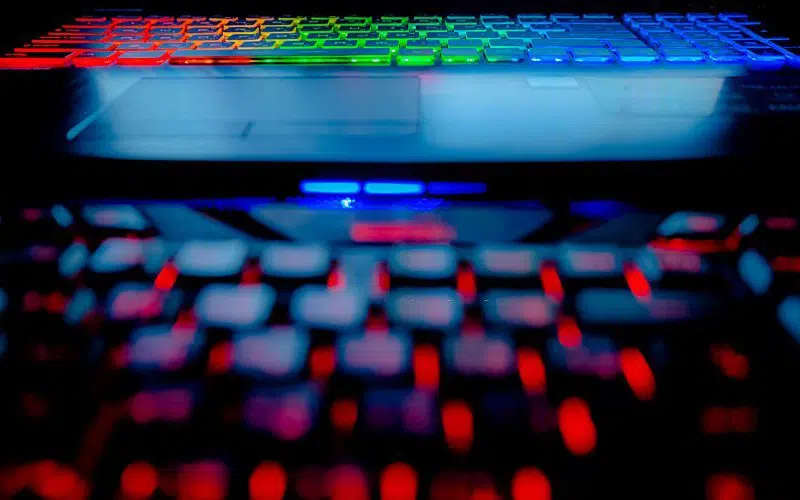There are many reasons why one might need to clean their laptop fan. Dust and hair can accumulate inside the fan, leading to overheating issues or a general reduction in how efficiently your laptop functions.
This blog post will teach you how to keep your computer running smoothly by cleaning out the dust from its fan!
Step 1: Unplug Your Laptop
If possible, it’s best for this process to unplug any power cords that may be connected directly to your laptop’s wall outlet (or surge protector). Doing so will help reduce the risk of electric shock while performing these steps.
Step 2: Remove the Laptop’s Cover
Begin by removing any screws that might be found on the bottom of your laptop. You’ll find them inside a little square or rectangle, in between where you plug in your power cord and how it connects to the motherboard.
Once these are removed, you should be able to lift and remove the metal cover that is covering your fan.
It may not come off all at once because there will likely still be some screw holes holding it down from various angles around its perimeter.
Don’t worry! Take a butter knife (or similar flat-edge object) and gently pry up one side of this sheet metal until enough has been pulled out to get fingers underneath for lifting purposes. Be gentle, as you don’t want to break the sheet metal and make a huge mess.
Step 3: Clean Your Laptop’s Fan With The Dust Blower
If your laptop runs for an extended period without being cleaned out, there will most likely be dust buildup in front of the fan blades. This is especially true if you have never taken apart your computer or had it open more than once within recent memory.
The first thing that needs to happen is removing hair strands from the area where the air comes into contact with the CPU cooler (if present).
Hair can stick easily to this part because static electricity builds up on these hairs when they’re dry, causing them to cling tightly and fray over time due to how fine they are.
A soft, anti-static brush will work to remove hair from the area near the fan. A wet paper towel or cloth should suffice if you don’t have one handy.
Dry your laptop’s cooling unit off with another dry paper towel and then use canned air (or an alternative) on this part of the computer to clean any dust that has gathered along its edge, too – while also removing hair strands if possible!
Step 4: Close It And Put The Cover Back On
Finally, once all loose hairs have been removed and surface dust has been blown away using canned or compressed gas, it is time to close up the shop by putting back any screws taken out previously during the opening steps.
This can be done in reverse order of how it was taken apart and should be done with care.
When you’re finished, reattach the laptop’s cover to protect its components from harm while allowing airflow through this opening for cooling purposes!
Frequently Asked Questions
Is it Safe to Clean Laptop Fan?
Yes, it’s safe to clean the inside of your laptop. You should be careful not to use anything sharp or abrasive, but the rest is safe enough.
Can I Clean My Laptop Fan With a Hair Dryer?
Make sure not to use hot air from an appliance like hair dryers because they can break down parts in your computer over time.
A vacuum cleaner is how we recommend cleaning the dust from inside your computer’s fan!
Is it Bad to Vacuum Your Laptop Fan?
Vacuuming your laptop fan isn’t ideal for cleaning the heatsink and cooling system on your CPU.
Vacuuming can potentially place too much dust/dirt into the small air intake, which can end up in your CPU over time. The only way to remove this dust is to replace the heatsink and blow it out with compressed air.
How Often Should I Clean My Computer?
It all depends on how much use the machine gets and how well its owner takes care of their electronics.
It is generally recommended that you get into the habit of cleaning out your computer every couple of months to be on the safe side and prevent any major damage from occurring.
Alternatively, if you notice any overheating issues while working with your laptop, then note how frequently these issues are happening, as this may indicate how many times per month you need to go through an internal inspection process for safety purposes.






